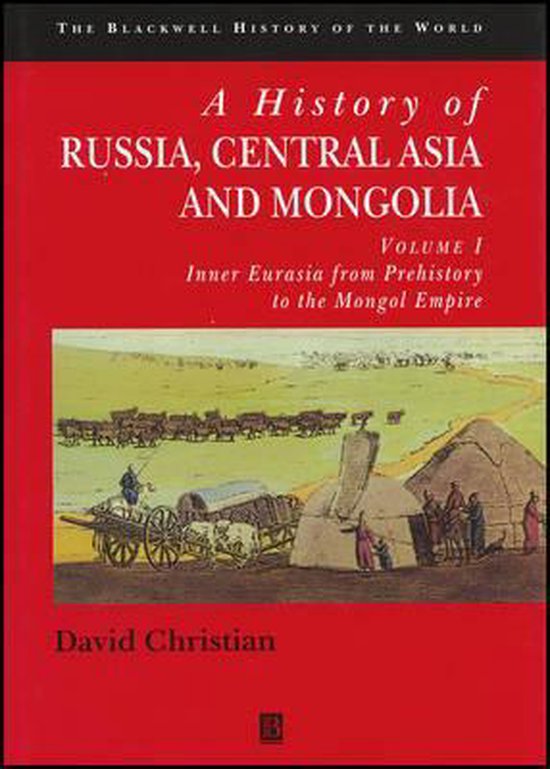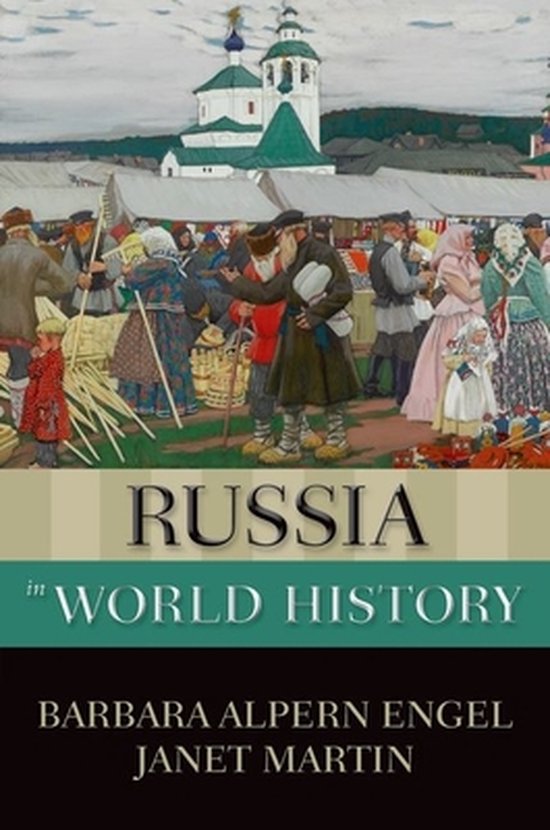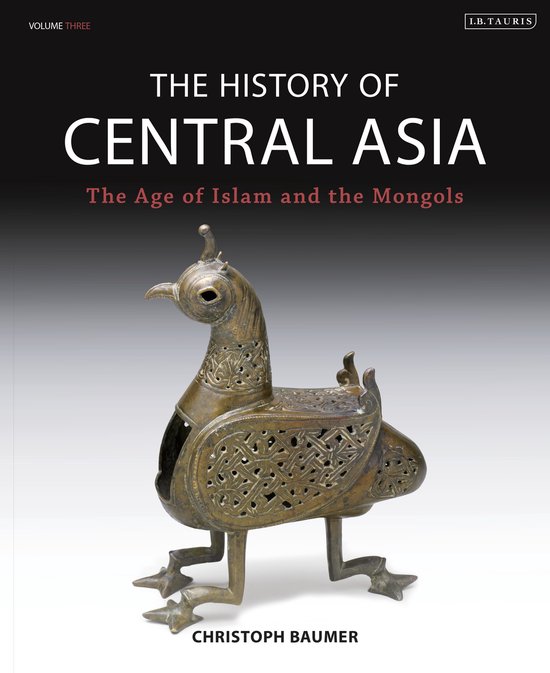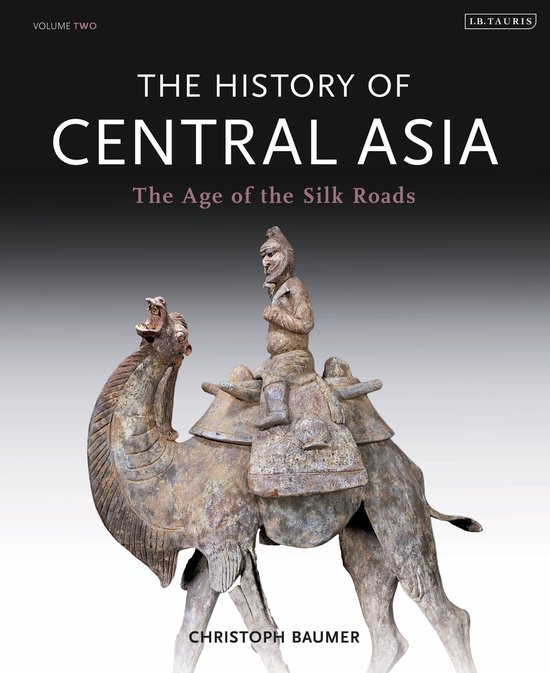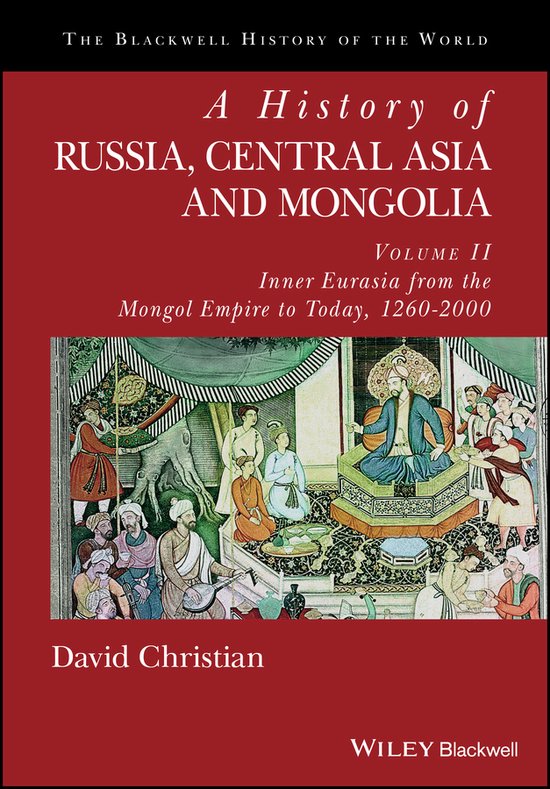
A History of Russia, Central Asia and Mongolia, Volume II
"A lucid, provocative and unprecedented exploration of the changing balance of power between nomads and agriculturalists from the decline of the Mongol Empire to the present. A signal achievement in Eurasian and global history."
Thomas T. Allsen, Professor Emeritus, The College of New Jersey
"Unique in its transregional approach and ecological concern, a tour de force essential for understanding the historical dynamics shaping not only Inner Eurasia, but the broader world today."
R. Charles Weller, Central Eurasian and Islamic World History, Washington State and Georgetown universities
"Impressive in its grasp of diverse sources, including climate and demographic data, 'Inner Eurasia from the Mongol Empire to Today' offers a comprehensive 'big picture' overview of the history of Inner Eurasia, while at the same time exploring many of the details of the historical processes that have made the history of the region particularly rich and fascinating."
Craig Benjamin, Professor History, Frederik J Meijer Honors College, Grand Valley State University
Provides an all-encompassing look at the history of Russia, Central Asia, and Mongolia
Beginning with the breakup of the Mongol Empire in the mid-thirteenth century, Volume II of this comprehensive work covers the remarkable history of "Inner Eurasia," from 1260 up to modern times, completing the story begun in Volume I. Volume II describes how agriculture spread through Inner Eurasia, providing the foundations for new agricultural states, including the Russian Empire. It focuses on the idea of "mobilization" – the distinctive ways in which elite groups mobilized resources from their populations, and how those methods were shaped by the region's distinctive ecology, which differed greatly from that of "Outer Eurasia," the southern half of Eurasia and the part of Eurasia most studied by historians. This work also examines how fossil fuels created a bonanza of energy that helped shape the history of the Communist world during much of the twentieth century.
Filled with figures, maps, and tables to help give readers a fuller understanding of what has transpired over 750 years in this distinctive world region, A History of Russia, Central Asia and Mongolia: Volume II: Inner Eurasia from the Mongol Empire to Today, 1260-2000 is a magisterial but accessible account of this area's past, that will offer readers new insights into the history of an often misunderstood part of the world.
- Situates the histories of Russia, Central Asia, and Mongolia within the larger narrative of world history
- Concentrates on the idea of Inner Eurasia as a coherent ecological and geographical zone
- Focuses on the powerful ways in which the region's geography shaped its history
- Places great emphasis on how "mobilization" played a major part in the development of the regions
- Offers a distinctive interpretation of modernity that highlights the importance of fossil fuels
- Offers new ways of understanding the Soviet era
A History of Russia, Central Asia and Mongolia: Volume II is an ideal book for general audiences and for use in undergraduate and graduate courses in world history.
Provides an all-encompassing look at the history of Russia, Central Asia, and Mongolia
Beginning with the breakup of the Mongol Empire in the mid-thirteenth century, Volume II of this comprehensive work covers the remarkable history of “Inner Eurasia,” from 1260 up to modern times, completing the story begun in Volume I. Volume II describes how agriculture spread through Inner Eurasia, providing the foundations for new agricultural states, including the Russian Empire. It focuses on the idea of “mobilization”—the distinctive ways in which elite groups mobilized resources from their populations, and how those methods were shaped by the region’s distinctive ecology, which differed greatly from that of “Outer Eurasia,” the southern half of Eurasia and the part of Eurasia most studied by historians. This work also examines how fossil fuels created a bonanza of energy that helped shape the history of the Communist world during much of the twentieth century.
Filled with figures, maps, and tables to help give readers a fuller understanding of what has transpired over 750 years in this distinctive world region, A History of Russia, Central Asia and Mongolia: Volume II: Inner Eurasia from the Mongol Empire to Today, 1260-2000 is a magisterial but accessible account of this area’s past, that will offer readers new insights into the history of an often misunderstood part of the world.
- Situates the histories of Russia, Central Asia, and Mongolia within the larger narrative of world history
- Concentrates on the idea of Inner Eurasia as a coherent ecological and geographical zone
- Focuses on the powerful ways in which the region’s geography shaped its history
- Places great emphasis on how “mobilization” played a major part in the development of the regions
- Offers a distinctive interpretation of modernity that highlights the importance of fossil fuels
- Offers new ways of understanding the Soviet era
A History of Russia, Central Asia and Mongolia: Volume II is an ideal book for general audiences and for use in undergraduate and graduate courses in world history.
The Blackwell History of the World Series
The goal of this ambitious series is to provide an accessible source of knowledge about the entire human past, for every curious person in every part of the world. It will comprise some two dozen volumes, of which some provide synoptic views of the history of particular regions while others consider the world as a whole during a particular period of time. The volumes are narrative in form, giving balanced attention to social and cultural history (in the broadest sense) as well as to institutional development and political change. Each provides a systematic account of a very large subject, but they are also both imaginative and interpretative. The Series is intended to be accessible to the widest possible readership, and the accessibility of its volumes is matched by the style of presentation and production.
| Auteur | | David Christian |
| Taal | | Engels |
| Type | | Paperback |
| Categorie | | Geschiedenis |
